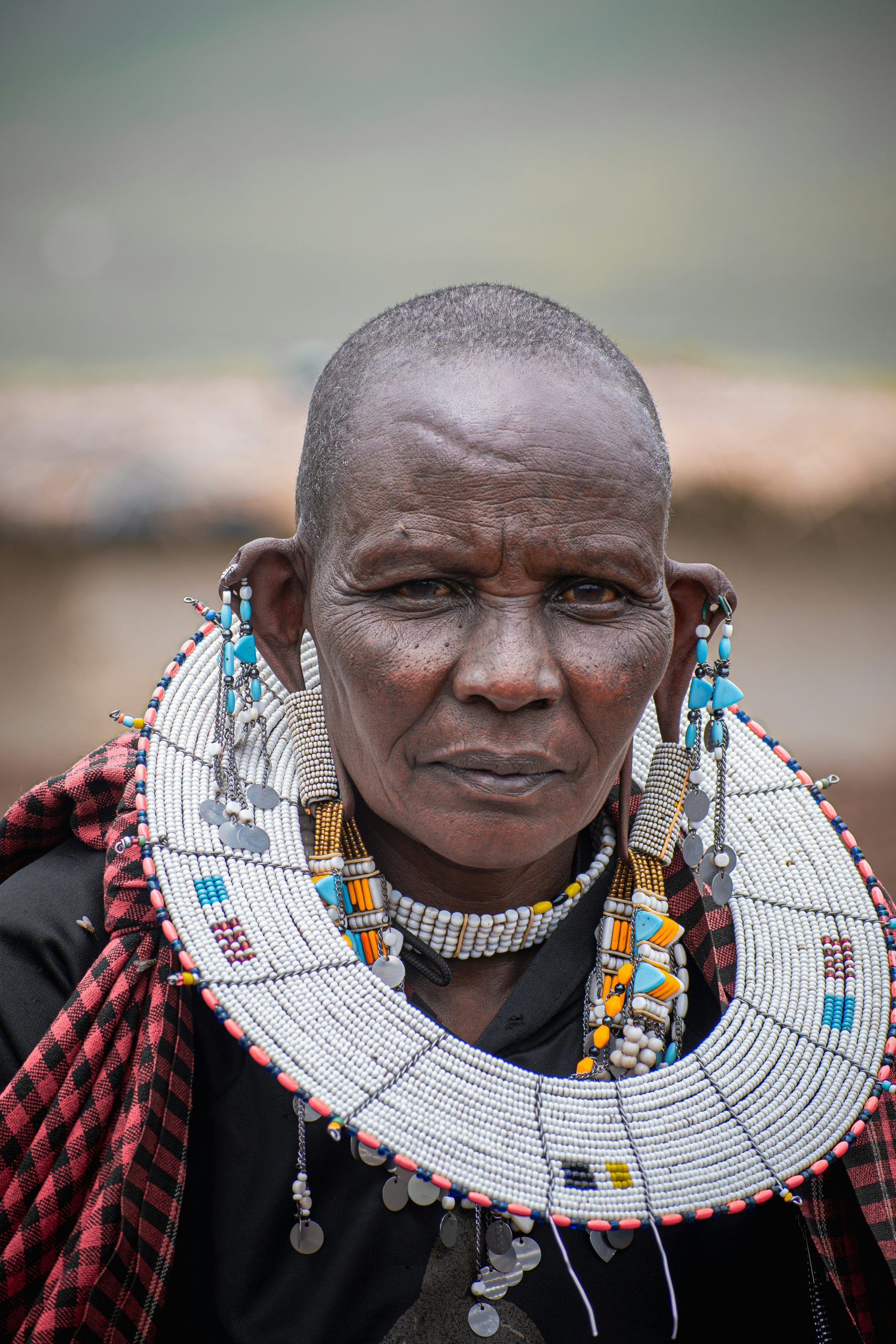Ancient African Civilizations: 8 Remarkable Empires That Shaped History
When I first started researching African history seriously—back in my graduate studies—I was honestly shocked by how much had been left out of my earlier education. Here’s what struck me most: while most people can name Egyptian pharaohs or discuss Roman emperors, mention the Kingdom of Kush or the Swahili city-states, and you often get blank stares. That’s a massive gap in our historical understanding. Africa birthed some of humanity’s most sophisticated civilizations, and I’m talking about empires that controlled international trade routes, developed complex metallurgy, created architectural marvels, and established educational systems that attracted scholars from across the known world. Yet somehow, many of these incredible societies remain virtually unknown outside academic circles.
“Africa was the birthplace of mining, metallurgy, navigation, agriculture, art, science, medicine, architecture, and engineering.”
Let me be completely honest—this isn’t just about correcting historical oversights. Understanding these civilizations fundamentally changes how we view human development, innovation, and cultural exchange. These weren’t isolated societies struggling in harsh environments. They were dynamic, interconnected civilizations that influenced global trade, technology, and culture for millennia.
Archaeological Reality Check: Recent excavations across Africa have uncovered evidence of iron working dating back 3,000 years, complex urban planning from 2,000 years ago, and sophisticated astronomical knowledge that rivals contemporary civilizations. The Nok culture of Nigeria was producing terracotta sculptures of remarkable artistry by 500 BCE, while Great Zimbabwe’s architectural achievements demonstrate engineering sophistication that amazed European visitors centuries later.
What really gets me excited about studying these civilizations is how they challenge our assumptions about historical progress. Take the Kingdom of Kush, for instance—they didn’t just trade with Egypt; they conquered and ruled it for nearly a century1. Or consider the Mali Empire, which controlled gold trade routes so effectively that Mansa Musa’s pilgrimage to Mecca in 1324 reportedly crashed Cairo’s gold market for a decade2.
Foundations of African Civilization
Before diving into specific empires, we need to understand something crucial: Africa wasn’t a blank slate waiting for external development. Archaeological evidence consistently shows indigenous innovation, complex social organization, and sophisticated technological development spanning thousands of years. I’ve spent considerable time reviewing archaeological reports, and the pattern is clear. From the Sahara’s ancient rock art documenting pastoral societies to the iron-working centers of central Africa, we see continuous human innovation and adaptation. The Bantu migrations alone—occurring over roughly 2,000 years—represent one of history’s most significant cultural and technological dispersals3.Key Archaeological Discoveries
- Blombos Cave (South Africa): 100,000-year-old evidence of symbolic behavior and early art
- Katanda (Democratic Republic of Congo): 90,000-year-old bone harpoons demonstrating sophisticated tool-making
- Nabta Playa (Egypt): 7,000-year-old astronomical stone circle predating Stonehenge
- Jenne-jeno (Mali): 2,000-year-old urban center with evidence of iron working and trade networks
The Kingdom of Kush: Egypt’s Powerful Southern Neighbor
Let me tell you about one of Africa’s most underappreciated superpowers—the Kingdom of Kush. Based in what’s now Sudan, this civilization didn’t just coexist with Egypt; it fundamentally shaped Egyptian culture and, for nearly a century, actually ruled it. The Kushite capital of Kerma, flourishing around 2500 BCE, controlled trade routes between central Africa and the Mediterranean. But here’s where it gets really interesting—by 750 BCE, Kushite pharaohs had conquered Egypt and established the Twenty-Fifth Dynasty4. We’re talking about African rulers governing one of the ancient world’s most powerful civilizations.| Kushite Capital | Period | Key Achievement | Archaeological Evidence |
|---|---|---|---|
| Kerma | 2500-1500 BCE | Trade dominance | Massive fortifications, luxury goods |
| Napata | 1000-300 BCE | Conquered Egypt | Royal pyramids, temple complexes |
| Meroë | 300 BCE-350 CE | Iron production hub | Industrial slag heaps, inscriptions |
The Axumite Empire: Africa’s Ancient Trading Superpower
Moving east to what’s now Ethiopia and Eritrea, the Axumite Empire represents another fascinating case of African civilizational achievement. Between roughly 100-960 CE, Axum controlled maritime trade routes between the Roman Empire and Ancient India. I’ve always been impressed by how Axum balanced multiple cultural influences while maintaining its distinct identity. They developed their own script (Ge’ez), minted their own currency, and built massive stone obelisks—some reaching over 100 feet tall—that still stand today6.
“Axum was considered one of the four great powers of the ancient world, alongside Persia, Rome, and China.”
But here’s what really sets Axum apart: they were early adopters of Christianity, with King Ezana converting around 330 CE. This wasn’t just a religious shift—it connected them to Byzantine trade networks and influenced their architectural and artistic development. The rock-hewn churches of Lalibela, built centuries later, reflect this unique fusion of African and Christian traditions.
West African Trading Empires
Ghana Empire: The Land of Gold
Now, let’s talk about the Ghana Empire—not to be confused with modern Ghana, which took its name to honor this ancient kingdom. Flourishing between roughly 300-1200 CE in what’s now southeastern Mauritania and western Mali, Ghana controlled the gold trade that made North Africa wealthy. The Ghana Empire’s strategic location between gold-producing regions in the south and salt mines in the north created what I’d call the perfect economic storm. They didn’t just facilitate trade; they taxed it brilliantly. Every ounce of gold passing through their territory generated revenue, and their capital city of Kumbi Saleh became one of the world’s largest cities7. What strikes me most about Ghana is how they managed cultural diversity. The empire included multiple ethnic groups and religious traditions, yet maintained stability for nearly a millennium. Archaeological evidence suggests sophisticated urban planning, with distinct quarters for different communities and elaborate royal complexes that impressed visiting scholars and traders.
Mali Empire: Medieval Africa’s Golden Age
If I had to pick one African empire that truly exemplifies medieval prosperity and cultural achievement, it would be Mali. From roughly 1235-1600 CE, Mali controlled an area larger than Western Europe and established systems of governance, education, and trade that were revolutionary for their time. The Mali Empire’s most famous ruler, Mansa Musa, undertook his legendary pilgrimage to Mecca in 1324-1325, distributing so much gold in Cairo that it took the city’s economy a decade to recover8. But honestly, focusing only on Musa’s wealth misses the bigger picture. Mali created institutions that lasted centuries.Mali’s Institutional Achievements
- Sankore University in Timbuktu: 25,000 students at its peak, extensive manuscript collection
- Postal system: Organized courier networks across the empire
- Legal framework: Manden Charter establishing rights and responsibilities
- Trade regulations: Standardized weights, measures, and currency systems
Songhai Empire: The Last Great West African Empire
Following Mali’s decline, the Songhai Empire (roughly 1464-1591 CE) became West Africa’s largest empire, stretching from the Atlantic coast to the bend of the Niger River. What impresses me most about Songhai is how they professionalized governance and military organization. Under Askia Muhammad I, Songhai developed a sophisticated bureaucracy with specialized ministries for different aspects of governance. They maintained a professional army, standardized weights and measures, and created an efficient tax collection system. The empire’s capital, Gao, became a major center of Islamic learning and trade10.East African Maritime Kingdoms
The Swahili City-States: Africa’s Maritime Trading Network
Moving to East Africa, the Swahili city-states represent something truly unique—a network of independent but interconnected coastal cities that controlled Indian Ocean trade for over a millennium. From roughly 800-1500 CE, cities like Kilwa, Mombasa, and Malindi became cosmopolitan centers where African, Arab, Persian, and Indian cultures merged.| City-State | Peak Period | Main Trade Goods | Cultural Achievement |
|---|---|---|---|
| Kilwa | 1200-1400 CE | Gold, ivory, iron | Husuni Kubwa palace complex |
| Mombasa | 1000-1500 CE | Spices, textiles, slaves | Fort Jesus architecture |
| Malindi | 1200-1600 CE | Coral, mangrove poles | Vasco da Gama pillar |
Great Zimbabwe: Africa’s Stone City
Finally, let’s discuss Great Zimbabwe—a civilization that completely challenged European assumptions about African capabilities. Between roughly 1100-1450 CE, this city in what’s now Zimbabwe became the capital of a powerful kingdom that controlled gold and ivory trade across southeastern Africa. The stone structures of Great Zimbabwe—built without mortar—demonstrate sophisticated engineering and architectural knowledge. The Great Enclosure, with its massive walls and conical tower, represents one of Africa’s most impressive architectural achievements11.
“The ruins of Zimbabwe are a perpetual testimony to the intelligence of the people who built them.”
What fascinates me most about Great Zimbabwe is how it integrated local traditions with international trade. Archaeological evidence shows Chinese porcelain, Persian pottery, and Arab glass alongside locally produced goods. This wasn’t a society isolated from global networks—it was actively participating in and profiting from them.
The Enduring Legacy of Ancient African Civilizations
After years of studying these civilizations, I’m convinced that understanding ancient African history isn’t just about correcting historical oversights—it’s about fundamentally reframing how we understand human development, innovation, and cultural exchange. These civilizations contributed far more to global development than most people realize. The iron-working techniques developed in Africa spread globally, influencing technology across continents. The mathematical and astronomical knowledge preserved in Timbuktu’s manuscripts contributed to the Islamic Golden Age and, eventually, to European Renaissance learning12.Modern Relevance and Applications
- Urban planning: Great Zimbabwe’s architecture informs modern sustainable building practices
- Trade networks: Swahili city-states offer models for modern economic cooperation
- Cultural diversity: Mali’s inclusive governance provides insights for multicultural societies
- Educational systems: Sankore University’s structure influences contemporary African education
Challenging Historical Narratives
Honestly, one of the most important aspects of studying these civilizations is how they challenge dominant historical narratives. For too long, African history has been framed in terms of external influences—colonialism, slavery, European “discovery.” But these ancient civilizations demonstrate millennia of indigenous innovation, sophisticated governance, and cultural achievement. I’ve seen how learning about these civilizations changes students’ perspectives dramatically. When you understand that Africa was home to some of the world’s wealthiest empires, most advanced educational institutions, and most sophisticated trade networks, it becomes impossible to view the continent through the lens of perpetual underdevelopment.Looking Forward: Lessons for Today
As I reflect on these remarkable civilizations, several key lessons emerge for contemporary Africa and the world:- Innovation emerges from addressing local challenges while maintaining global connections
- Cultural diversity can be a source of strength rather than division when properly managed
- Educational institutions and intellectual traditions are crucial for long-term prosperity
- Trade networks create opportunities for cultural exchange and technological transfer
Modern Archaeological Impact: Current excavations across Africa continue revealing new evidence of ancient civilizations. Recent discoveries in South Africa, Nigeria, and Sudan are pushing back dates for iron working, urban development, and artistic achievement. These findings consistently demonstrate that African civilizations were far more advanced and interconnected than previously understood, with implications for how we understand global historical development.
Understanding these civilizations matters because it provides a more complete picture of human history—one that recognizes Africa’s central role in global development rather than treating it as a peripheral player. As we face contemporary challenges around cultural identity, economic development, and international cooperation, these ancient African examples offer both inspiration and practical insights.
The next time someone suggests that Africa lacks a history of great civilizations, you’ll know better. From the pyramids of Kush to the manuscripts of Timbuktu, from the stone cities of Zimbabwe to the trading networks of the Swahili coast, Africa’s ancient civilizations created legacies that continue to shape our world today.
References



